(05): Backwards
【original】
Some words are facing each other, and some are facing away from each other. Each has its own posture, so there can be no mistakes. It means "fei", "mao", "hao", "zhi", "harmony" and so on. Opposites such as "North", "Zhao", "Fei", "Root" and so on.
【Original meaning】
Many Chinese characters have a left-right structure. Some are facing each other (facing each other, facing each other), and some are facing each other (back-to-back). Each of these characters has its own style and cannot be generalized. The opposite ones are like "Fei", "Mao", "Hao", "Zhi", and "He", and the opposite ones are like "North", "Zhao", "Fei" and "Gen".
【New Theory】
There are two types of back-facing and back-facing. Although the left and right sides each have their own postures, the structure has a sense of wholeness and complements each other. They cannot be in harmony with each other, and if there are mistakes, they will be incoordinated. Mutual borrowing of potential is generally achieved by borrowing force, and a stable structure is achieved through the relaxation of force.
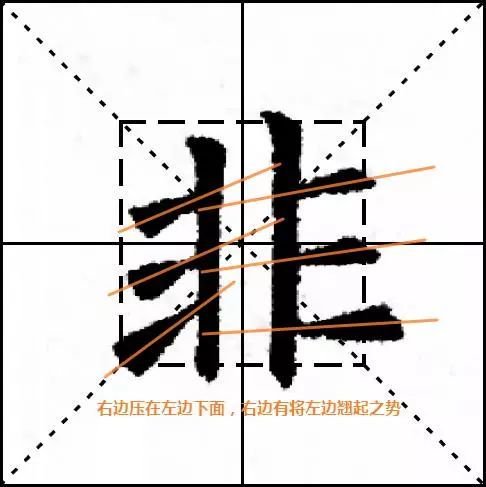
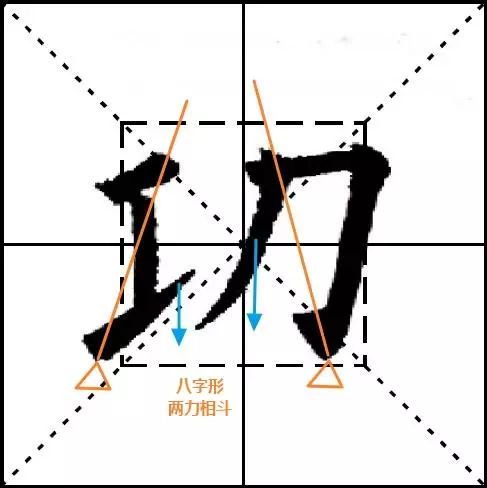
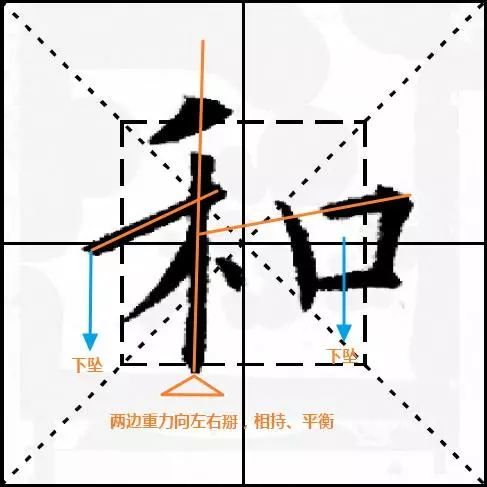
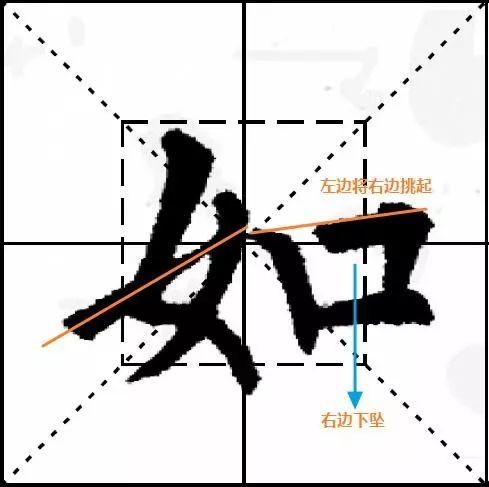
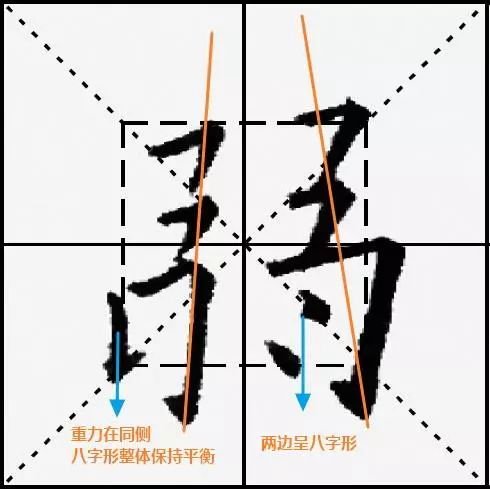
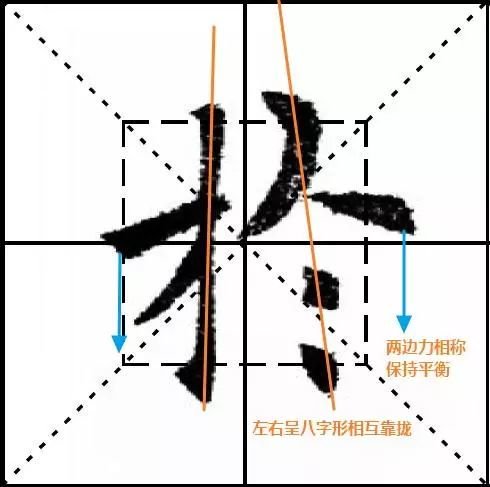
Words are like people, they need to borrow each other's strength to have the momentum of a group, otherwise it will be easy to become scattered and there will be no sense of wholeness.
(06): Laterality
6. Laterality
【original】
There are many correct characters, but if there are deviations or slants, the characters should be formed according to the momentum of the characters. Those that lean to the right are like "心", "ge", "yi", "ji", etc.; those that lean to the left are like "xi", "peng", "nai", "wu", "shao", "厷" " and so on; just like "hai", "daughter", "father", "father", "hu", "bu" and so on. The so-called bias in calligraphy is correct, and the correct is biased, which is also wonderful. "Eight Secrets" also says not to turn to one side, which is also true.
【Original meaning】
Most Chinese characters are relatively straight, but there are also many characters that are more sideways, that is, skewed. When writing this kind of characters, you should follow the starting point of the drawing and achieve a straight layout through the stipples, otherwise it will easily fail. Such characters can usually be divided into three categories: left-biased, right-biased and forward-biased. Those that lean to the right are like "心", "ge", "yi", "ji", etc.; those that lean to the left are like "xi", "peng", "nai", "wu", "shao", "厷", etc. ; Positive but partial, such as "hai", "daughter", "father", "father", "hu", "bu", etc.
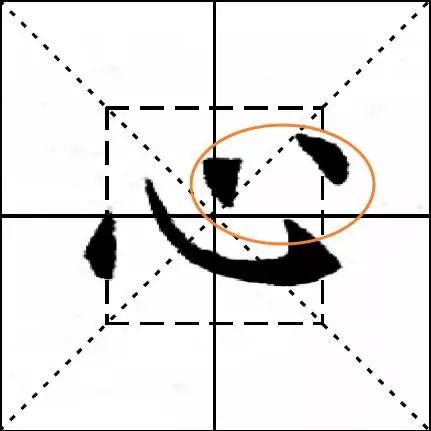
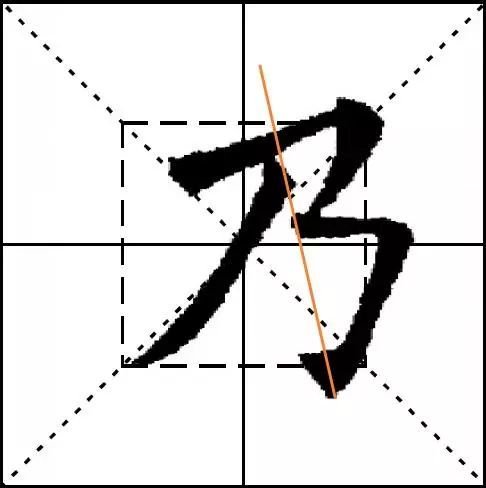
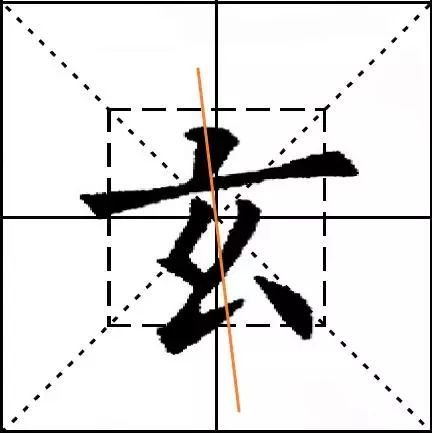
【New Theory】
In Ou Gong's writing, many correct characters are deliberately written slanted, such as "zheng" and "solid". After tilting, the thickness, length, verticality or horizontality of the strokes are used to find the leveling and straightening. The whole word has straightness in the tilt, giving it a sense of movement, and changes create beauty. There are many changes in the right center, and there is the right foundation in the right center. It is Ou Kai's core method, the most important of the thirty-six methods!
Ou Gong is good at creating dangers, and his tactics are often tilted. It is easy to write at a slant, but it is not easy to find the overall balance when it is slanted. There is a saying: It is easier to create danger than to break it. If you can create dangers and break them, you will have the taste and beauty of Europe. There are many ways to level (i.e. break the danger), most of which are achieved through mechanical balance.
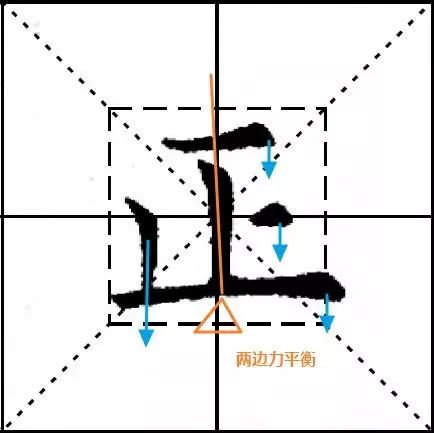
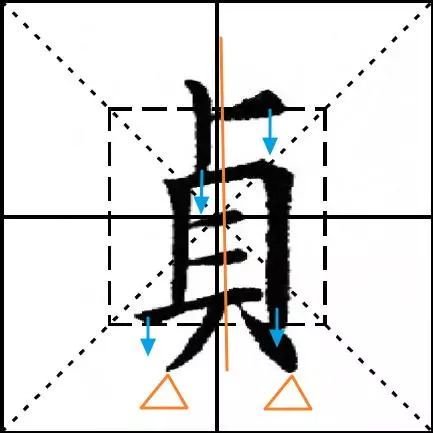
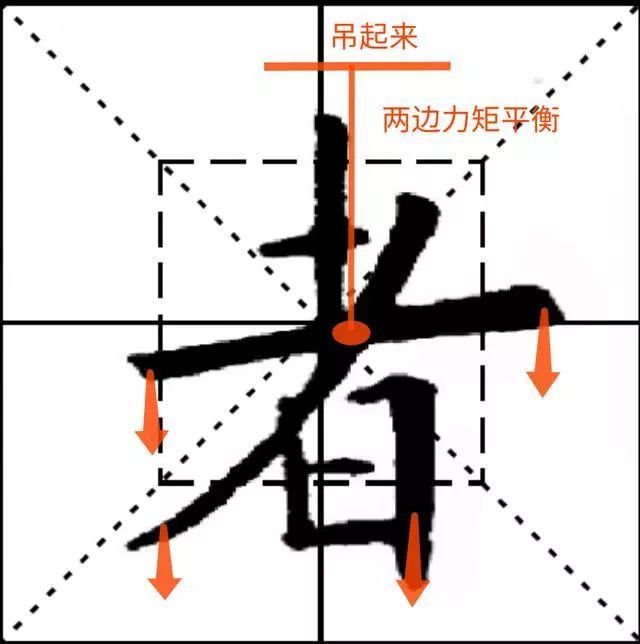
Think about it: when you take a photo, do you stand upright or pose with a less upright pose? Which one looks better? Wouldn't it look better if it could "tilt" a little while maintaining balance? !
(08): Give in
【original】
The left and right sides of the word, more or less, must give way to each other to achieve perfection. For example, the characters next to "horse", "糹", and "bird" must be straight on the left side, and then words can be written on the right side, otherwise it will be inconvenient. For example, in the word "牉[无四]", the central character "yan" is drawn short to let two "糳" come out; such as the character "鉉", with two "Xin" characters coming out near the bottom; such as "gull", The words "鶠" and "Chi", both sides of which are narrow at the top and wide at the bottom, should also give way to each other; for example, in the words "Wu" and "Hu", if the "口" is on the left, it should be closer to the top. If the "mouth" is on the right, it should be close to the bottom so that it is not in the way, and then it is better. This is strict.
【Original meaning】
Chinese characters with a left and right structure have different strokes, so the left and right sides should give way to each other in order to write well. For example, next to "horse", next to "糹", and next to "bird", these radical characters in the left half should be written straight first, and then the right half can be arranged. If the left radical is written crookedly, the right half cannot be written. For example, in the word "牉[上无四]", the first horizontal stroke under the dot of the word "yan" in the middle should be shorter to make room for the "糹" on both sides. For example, in the word " manage ", the word " 力 " in the middle should be lower to make room for the words " 心 (Xin)" on both sides. For example, in the characters "ou", "鶠" and "Chi", the left and right halves are narrow at the top and wide at the bottom. When laying out, you should also pay attention to the give-and-take between strokes. For example, in the words "woo" and "hu", the "口" is on the left and should be closer to the top. For example, in the words "和" and "口", "口" is on the right and should be a little lower. In this way, the left and right parts do not interfere with each other, it looks balanced and stable, and there are many similar words.
【New Theory】
Xiangyi means to avoid, so it is also called "avoidance". It is easy to confuse "giving and avoiding". Avoiding refers to changes in strokes, while giving to "giving" refers to changes in different parts of characters.
Avoidance comes from Confucianism, mutual tolerance is a style, mutual respect and mutual help are healthy. Just like when two people get along with each other, if they are both rigid, it will be easy for them to live in a mountain without two tigers, and they will continue to have disputes. However, if one is soft and the other is strong, they can develop harmoniously. When people are together, they should pay attention to style. Coordination with each other is beneficial to you and me.
When considering the distribution of Chinese character stipples, avoid dense places and tend to empty places, avoid steep places and tend to easy places, avoid far places and tend to close places. The purpose is to make the stipples reflect each other. , well balanced with each other.
Except for single characters, Chinese characters are composed of multiple parts. The parts are written individually and all have conventional poses. However, if they are combined together, if they still maintain their original posture, they will be crowded with each other, or the density will be uneven. How to do it? It is necessary to change the original shape or structure of the parts, mostly through changes in strokes, so that multiple parts can be put together to complement each other.
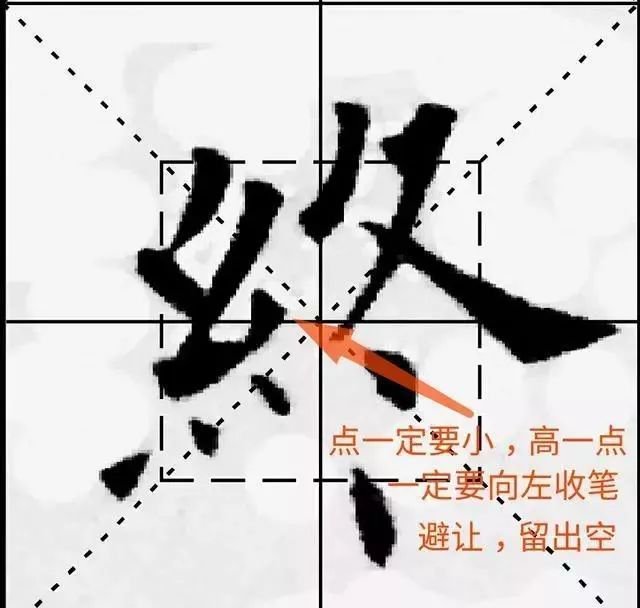
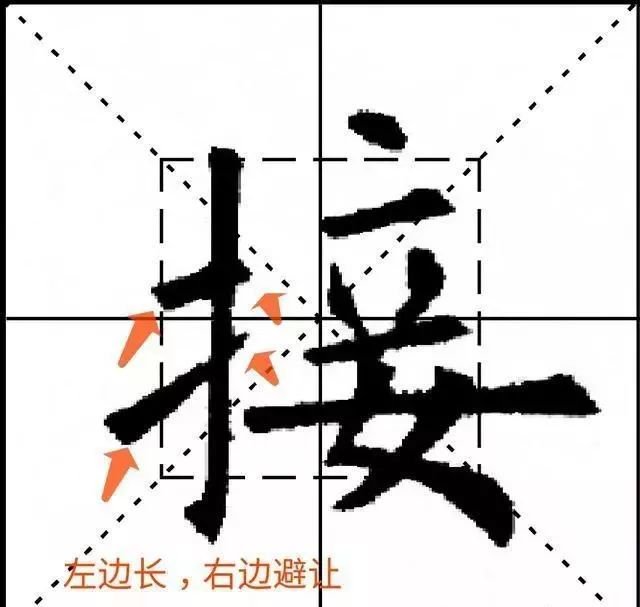
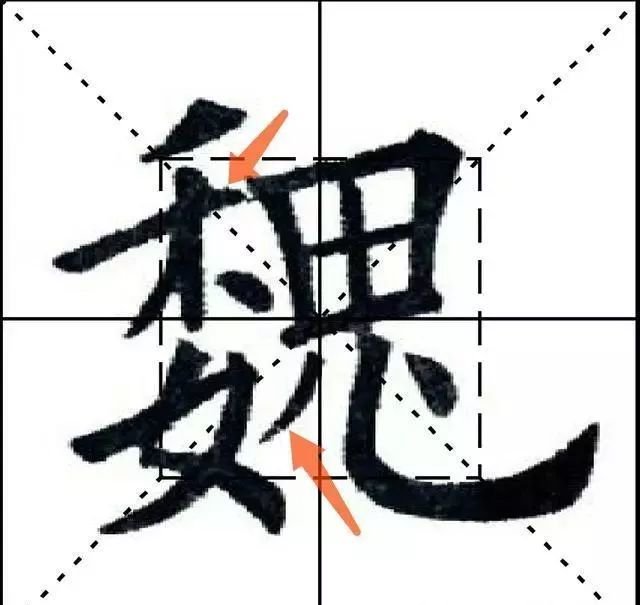
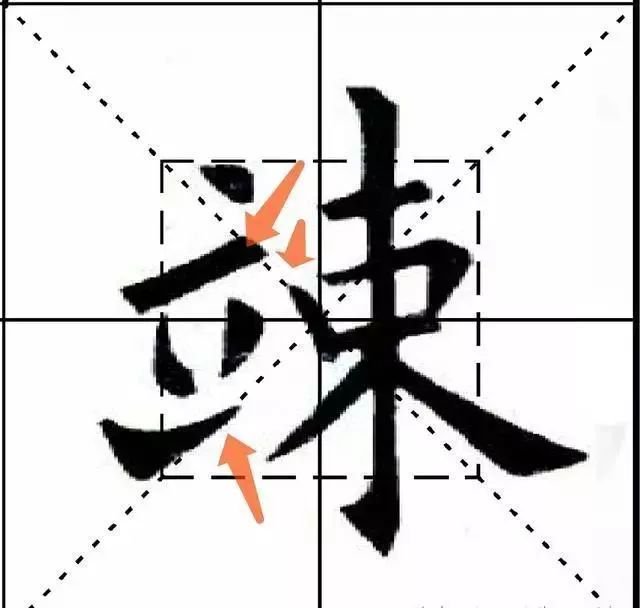
"It's easy to avoid danger" is the hardest to understand! The "risk" here is different from the "risk" in Europe. Bad phenomena such as being too dense, too branched, causing the whole character to be unstable, dull, etc. are all very dangerous and should be avoided. Similarly, if some strokes are too far away, it will cause branch edges and make the whole character unstable, which should be avoided.
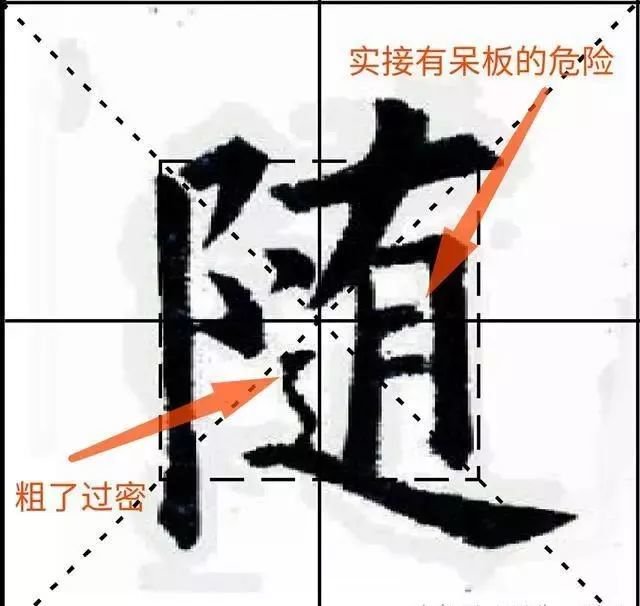
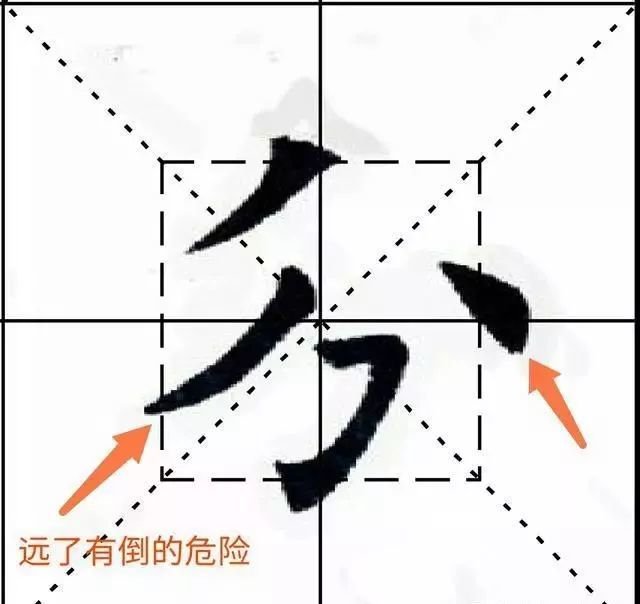
Calligraphy is like being a human being. You must have an overall view and put the overall situation first. When you need to avoid it, you must be humble and restrained. Just give in and give way to others. To achieve the overall situation, you are actually achieving yourself. You cannot be individualistic and heroic, and express yourself selfishly and vigorously for your own interests. That will destroy the whole and everyone will not benefit.








